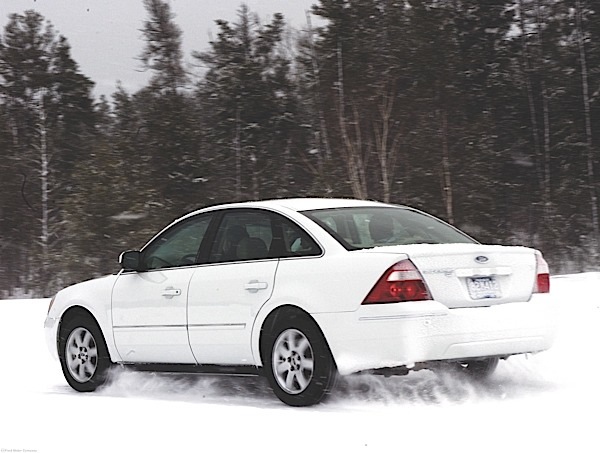
TPMS Service: Need To Think Of TPMS In Winter Tire Changeovers
October 24, 2012
The time to change to and from snow tires is both a regional and personal decision. Whenever it takes place, a changeover brings with it a need for consumers to make some decisions. To purchase or not purchase a second set of wheels needs to be followed with questions about TPMS sensors.
 Selling a second set of TPMS sensors can be very profitable. Also, there are several more options for sensors that were not available just a few years ago. Also, performing change overs can decrease the time for your return on investment for the equipment you have purchased to service TPMS equipment.
Selling a second set of TPMS sensors can be very profitable. Also, there are several more options for sensors that were not available just a few years ago. Also, performing change overs can decrease the time for your return on investment for the equipment you have purchased to service TPMS equipment.
Sean MacKinnon, TIA’s director of automotive training development, strongly recommends installing new sensors for the winter tire set. However, if a decision is made to switch OE sensors to the aftermarket winter tire wheels, MacKinnon suggests installing a new TPMS service pack to ensure proper sensor operation and a tight air seal. “Exposure to road salt and other ice-melting chemicals takes its toll on TPMS components,” he says.
Of course, there are customers tempted to completely omit TPMS sensors, effectively disabling a safety feature of the vehicle. “Schrader would never recommend any consumer eliminating sensors,” Paul Wise,
Schrader International’s director of product line management and marketing, emphatically states. “TPMS is a legislative-mandated, safety-enhancing, OE-based system that can save lives. It has multiple benefits, including safety, fuel savings and reduced environmental impact.”
He says TPMS should always be on a customer’s vehicle, regardless of if and when he or she changes over to winter tires for the winter driving season. “The accident and fatality statistics due to low tire pressure are significant and well-documented, and they need to be shared with drivers.”
MacKinnon says the practice of excluding TPMS sensors from a wheel assembly during a tire changeover could be construed as a direct violation of U.S. motor vehicle safety codes.
Changeover Challenges
There can be some difficulty with some vehicles when using the same sensors on summer and winter wheel assemblies. Wise cautions that a TPMS relearn procedure may be necessary if the same sensors are used for both tire sets, but their positions on the axles change.
As always, training for tire technicians is important. MacKinnon says TIA’s Certified Automotive Tire Service training program provides in-depth TPMS information, including sensor and service pack installation, relearn procedures, tools and troubleshooting.
“Using a handheld TPMS scan and programming tool, test each tire for sensor activity,” he explains. “Test results will indicate if any changes are needed to the customer’s setup of the winter tires. The technician can then inform the consumer of the proper service steps that can ensure a successful changeover.”
MacKinnon reminds shops that a TPMS relearn fee is becoming more common, especially if the customer has not made a major purchase at the service location.
At this time, it’s rare to find vehicles with on-board computers capable of tracking two different sets of tires’ TPMS information. The feature is found on several Toyota and Lexus SUVs and minivans, according to MacKinnon.
Some replacement sensors can be fitted with rubber snap-in valve stems that provide further protection against winter road salts and materials that normally corrode aluminum valve stems.
Of course, this time of year brings more glowing TPMS warning lights, as cold temperatures cause a drop in tire pressure. MacKinnon reminds technicians to check the spare tire since an increasing number of vehicles with full-size spares are equipped with a fifth TPMS sensor.
Back to Summer
Sooner or later, the threat of snow will end and the switch to summer tires will begin. The same changeover process will take place, including a costly swap of sensors if the customer opted for a single set. A system relearn may be required by the vehicle and the TPMS should be inspected for possible service, depending on what type of services take place during the seasonal exchange.
If a consumer refuses the TPMS service, many locations are opting to decline the business by not servicing the vehicle. Should a consumer choose to buy winter wheel-and-tire assemblies and the vehicle is TPMS-equipped, the service location should require the customer to implement TPMS for the winter tire set.

